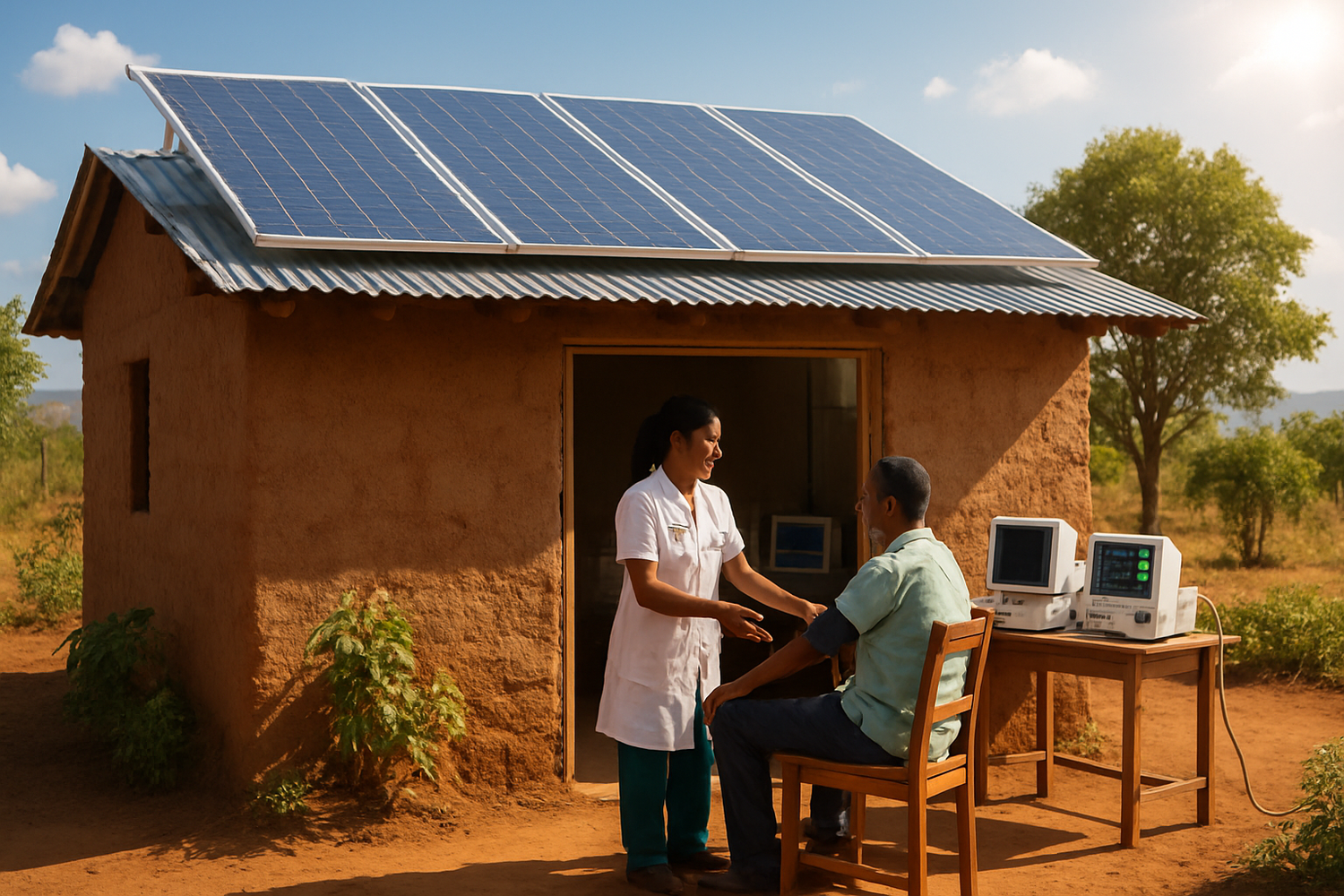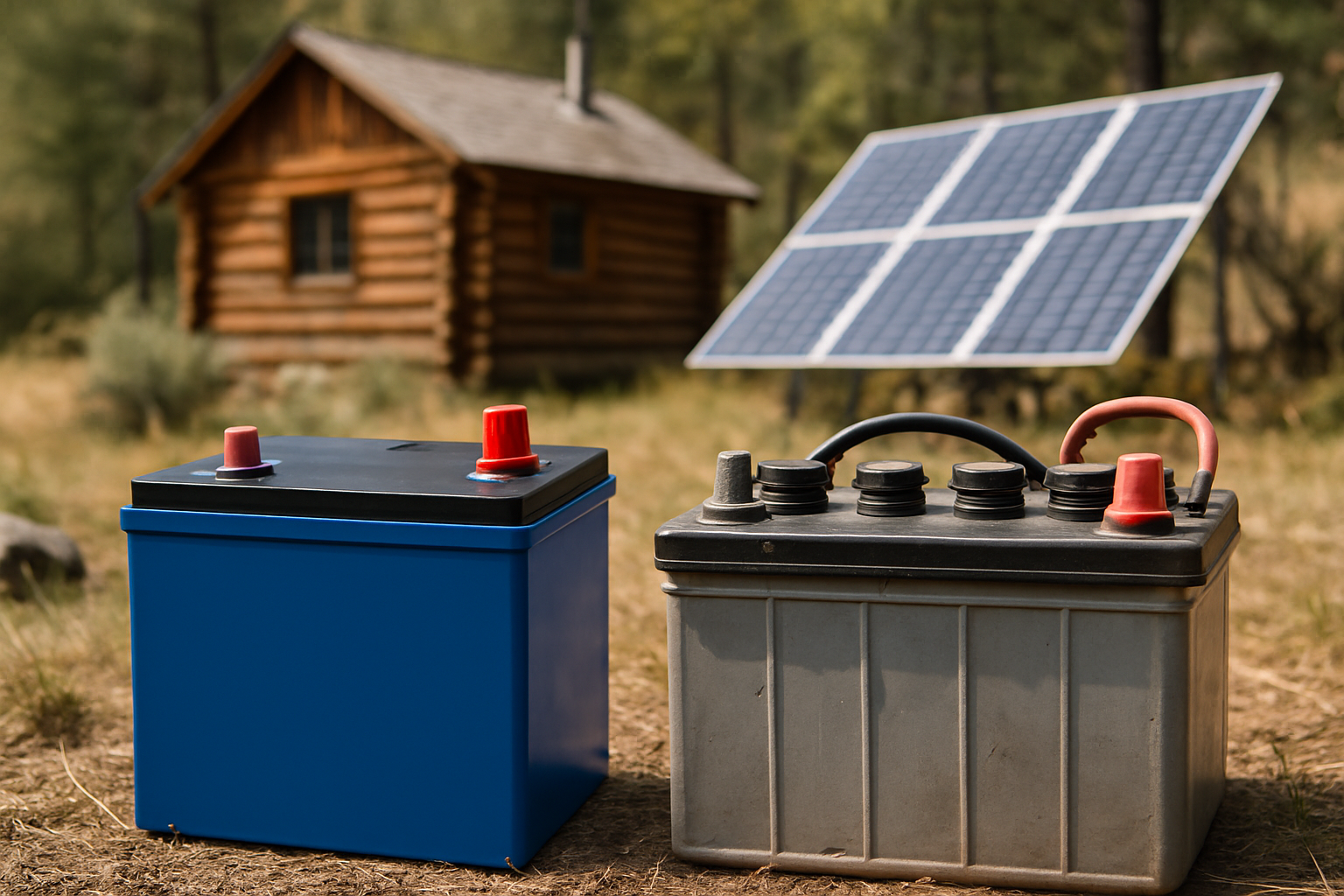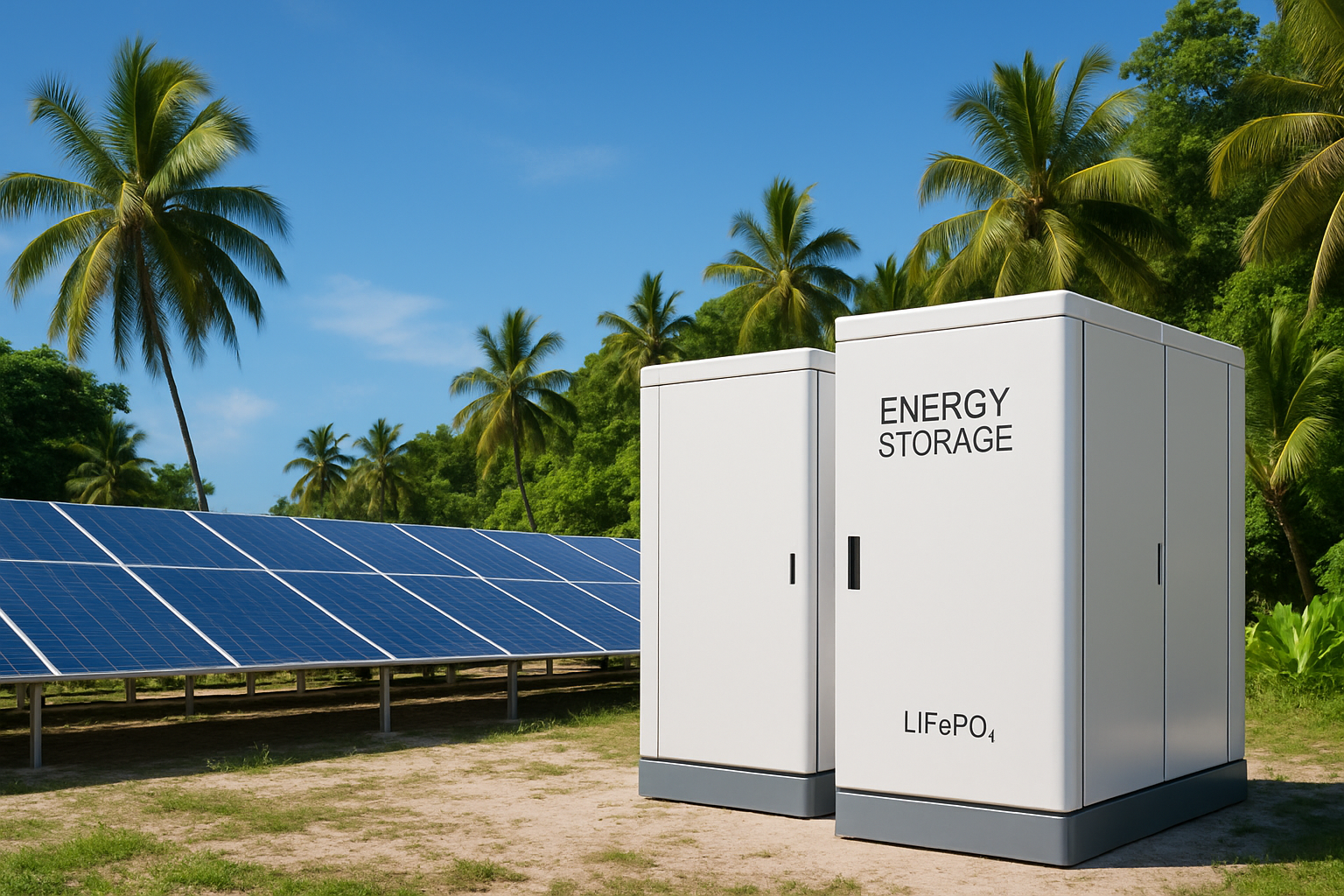For millions of people in remote and rural areas, access to reliable electricity is not a given. The extension of traditional power grids is often impractical or prohibitively expensive in these regions, leaving communities dependent on costly, polluting diesel generators or without power altogether. Off-grid solar power systems present a transformative solution, offering a clean, sustainable, and increasingly affordable path to energy independence.
These systems harness the sun's abundant energy to power homes, schools, clinics, and businesses, fundamentally changing lives and enabling economic development. This text provides a detailed overview of off-grid solar technology, its real-world applications, and the key factors for designing a system that delivers reliable power for years to come.
The Core Components of an Off-Grid System
An off-grid solar power system operates independently from the utility grid. To do this effectively, several key components must work together seamlessly to generate, store, and deliver electricity.
Solar Panels (The Generator)
Solar panels, or photovoltaic (PV) modules, are the foundation of the system. They capture sunlight and convert it directly into Direct Current (DC) electricity. Modern monocrystalline panels are a common choice due to their high efficiency, which is crucial for maximizing energy production, especially where space may be limited.
The Charge Controller (The Gatekeeper)
The charge controller is a critical device that sits between the solar panels and the battery bank. Its primary job is to regulate the voltage and current coming from the panels to prevent the batteries from overcharging, which can cause damage and significantly shorten their lifespan.
-The Battery Bank (The Reservoir)
Since the sun isn't available 24 hours a day, a battery bank is essential for storing the energy generated by the panels. This stored energy is then used at night or during cloudy weather. For these demanding applications, Lithium Iron Phosphate (LiFePO4) batteries are a superior choice. As a company with deep experience in lithium battery manufacturing, we've seen firsthand how LiFePO4 technology offers a longer lifespan, higher safety, and the ability to be discharged more deeply than traditional lead-acid batteries without damage.
The Solar Inverter (The Converter)
Most appliances in homes and businesses run on Alternating Current (AC) electricity, not the DC power produced by solar panels and stored in batteries. The solar inverter's role is to convert DC electricity from the battery bank into usable AC power. The inverter must be sized to handle the maximum simultaneous power draw of all connected appliances.
The Integrated System (The All-in-One Solution)
Modern solutions often come in the form of an integrated Energy Storage System (ESS). These units simplify installation and improve performance by combining a high-performance LiFePO4 battery, a hybrid solar inverter, and an intelligent energy management system into a single, compact package. Our focus on developing integrated ESS solutions aims to provide a reliable, scalable, and user-friendly core for any off-grid solar project.
Real-World Applications and Benefits
Off-grid solar is more than just technology; it's a catalyst for community development. By providing reliable power to isolated areas, these systems unlock a wide range of social and economic benefits.
Electrifying Homes and Villages
For individual households, a solar home system can power lights, charge phones, and run small appliances, transforming daily life. For entire communities, solar microgrids can provide consistent power for everyone. This allows for better educational opportunities as children can study after dark and improves safety with street lighting. For a deeper look into this model, see Off-Grid Microgrids for Villages: A Practical Blueprint.

Enhancing Healthcare and Education
In remote clinics, reliable electricity is a matter of life and death. Off-grid solar systems power lights for nighttime emergencies, refrigeration for vaccines and medicines, and critical medical equipment. Similarly, schools can power lights and computers, opening up new educational resources for students. You can learn more about these applications in How to Design a LiFePO4-Powered Mini-Grid for Clinics and Can Off-Grid Solar Microgrids Deliver 24/7 Power for Schools?.
Boosting Local Economies
Access to electricity empowers local entrepreneurs and small businesses. It enables the use of power tools, agricultural processing equipment, and refrigeration for selling goods. This stimulates local economies and can create new jobs in system installation and maintenance. For more on the economic impact, review the Data Brief: Jobs, Health and ROI from Village Solar Microgrids.
Designing and Sizing Your Off-Grid System
A successful off-grid solar system depends entirely on proper design and sizing. An undersized system will lead to frustrating power shortages, while an oversized one is an unnecessary expense. Careful planning is the most important step.
Calculating Your Energy Needs (Load Assessment)
Before selecting any components, you must perform a detailed energy audit. List every single appliance and light you plan to use, its power consumption in watts, and the number of hours you expect to use it each day. Summing these values gives you your total daily energy requirement in watt-hours (Wh). Being meticulous here is crucial, as miscalculations are a primary cause of system failure. Avoid common pitfalls by reviewing 10 Sizing Mistakes That Kill Off-Grid Solar Reliability.
Choosing the Right Battery Technology
The battery bank is the heart of an off-grid system, and the technology you choose has long-term consequences. While lead-acid batteries have a lower initial cost, LiFePO4 batteries offer superior performance and a lower total cost of ownership over the system's life.
| Feature | LiFePO4 Battery | Sealed Lead-Acid (AGM) Battery |
|---|---|---|
| Lifespan (Cycles) | 3,000 – 6,000+ cycles | 400 – 1,200 cycles |
| Usable Capacity (Depth of Discharge) | 80-90% | 50% |
| Efficiency | ~95% | ~80-85% |
| Maintenance | None | None (but sensitive to charging) |
| Safety | Very stable chemistry, no off-gassing | Stable, but can release gas if overcharged |
| Weight | Significantly lighter for the same capacity | Heavy |
The higher usable capacity of a LiFePO4 battery means you need a smaller rated capacity to get the same amount of energy, saving space and weight. Their high efficiency ensures that you store and use more of the valuable energy your panels generate.
Overcoming Challenges in Remote Deployments
Deploying solar power systems in remote communities involves navigating unique financial and logistical challenges. However, with proper planning and the right approach, these hurdles can be overcome.
The Economics of Off-Grid Solar
While the initial investment for a solar system can be significant, it often proves more economical than the long-term costs of running diesel generators, which require constant refueling and maintenance. For some applications, a hybrid system that combines solar panels with a backup generator can be a practical transitional step. Explore this comparison in Diesel vs Hybrid PV-Diesel: Cut Fuel Costs in Rural Microgrids. The success of projects like the Ta'u Island microgrid, which virtually eliminated diesel dependence with a large solar and battery system, demonstrates the viability of this transition.
Financing and Policy Support
Various financing models are making off-grid solar more accessible. Pay-As-You-Go (PAYG) plans allow users to make small, regular payments, often via mobile phone. Blended finance, which combines public or philanthropic funds with private investment, helps to reduce risk and attract capital for larger projects. To learn more, see How to Finance Remote Microgrids: Grants, Tariffs, and Pay-Go and avoid common financial mistakes with 7 Cost Traps to Avoid in Remote Solar Mini-Grid Tenders.
Building for Resilience and Scalability
Equipment in remote locations must be durable and able to withstand harsh environmental conditions. A well-designed system should not only be reliable today but also be scalable for the future. As a community's energy needs grow, a modular system allows for the easy addition of more panels or batteries. This forward-thinking approach is key to long-term energy security, a concept further explored in Unlock Energy Resilience: LiFePO4 ESS for Island Microgrids.
Your Path to Energy Independence
Off-grid solar is a proven, powerful tool for bringing clean and reliable energy to the parts of the world that need it most. From the core components that make up a system to the design principles that ensure its longevity, the path to energy independence is clear. It requires careful planning, the use of high-quality technology like LiFePO4 batteries and integrated storage systems, and a focus on long-term value.
By empowering communities with solar power, we can improve health and education, foster economic growth, and build a more sustainable future. Achieving this goal is possible with the right technical knowledge and a partner dedicated to providing reliable and scalable energy solutions.
Disclaimer: The information provided in this article is for educational purposes only. It is not intended as financial or legal advice. Please consult with qualified professionals before making any investment or legal decisions regarding solar energy projects.





Leave a comment
All comments are moderated before being published.
This site is protected by hCaptcha and the hCaptcha Privacy Policy and Terms of Service apply.